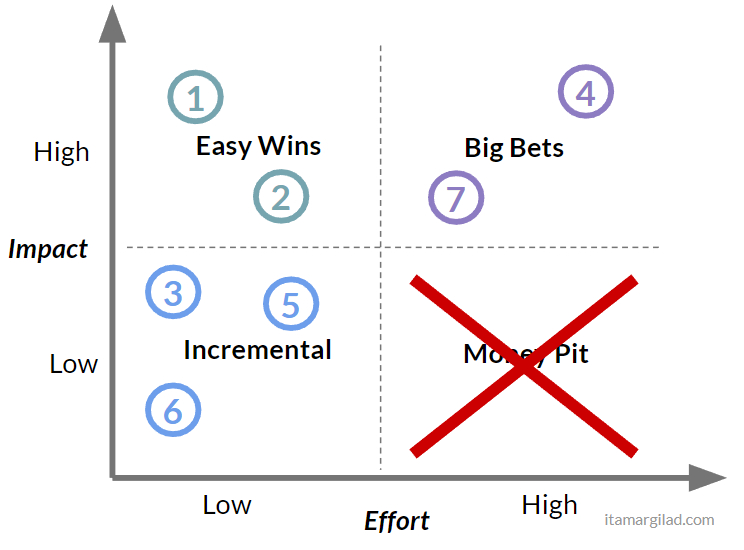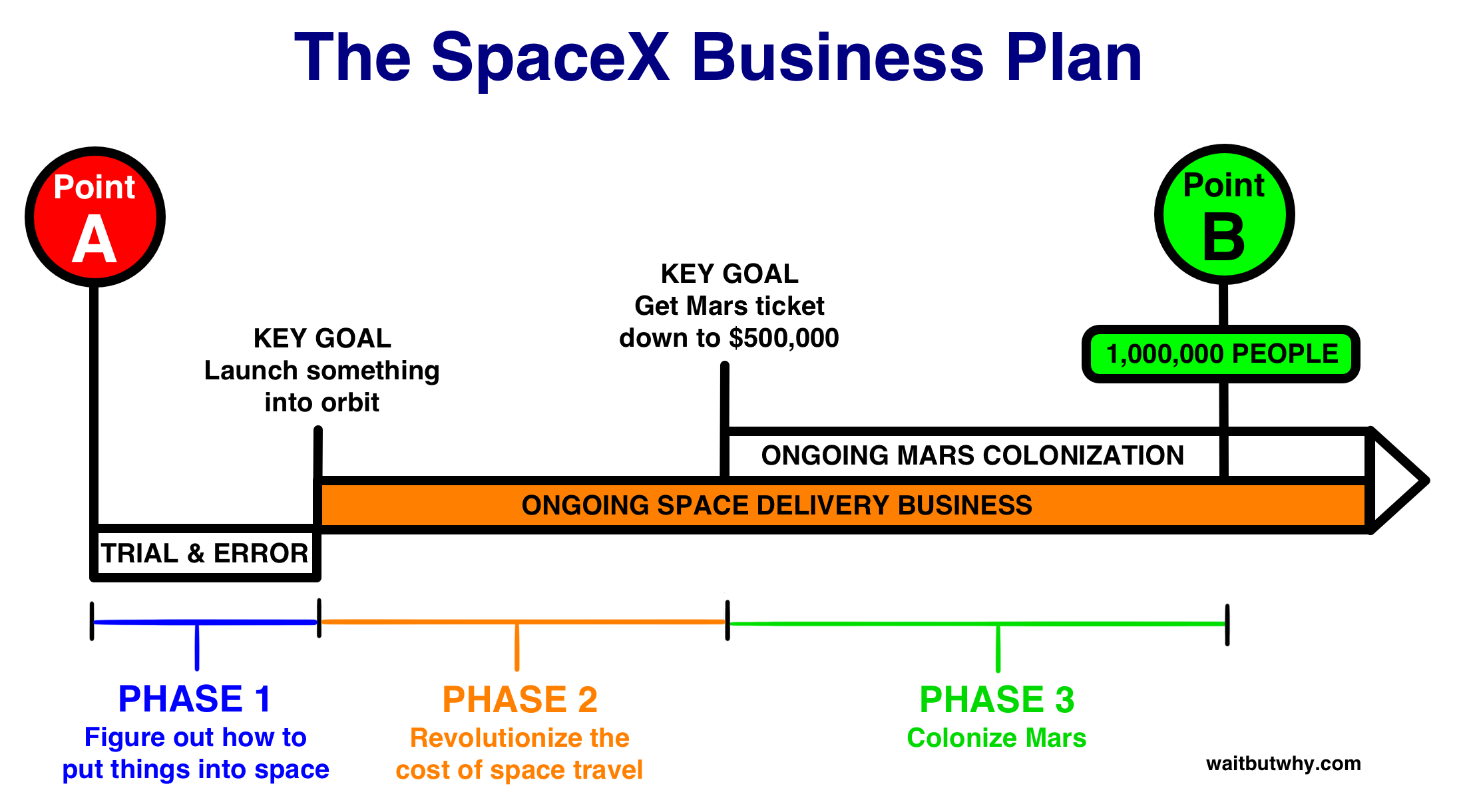Coming up with Product Strategy
Product Strategy is one of my favorite aspects of Product Management. As a Product lead at Lyft, Quizlet and Opower, I have started and led teams on several new product areas. When starting on a new product area, one of my main priorities is to "Map out the space" and figure out our path (The other priority is to bond with the team and understand team dynamics). I aim to share the strategy with my team and execs within 3 months of starting as it informs the roadmap, helps me ramp up and demonstrate product leadership.
Repeat practice and feedback have helped me become better and quicker at defining strategy. I have tried to distill my approach into these discrete steps.
What is strategy?
Strategy is an optimal path to achieving a goal - which can be either solving a problem or realizing an opportunity.
Good strategy is usually simple and clear, ambitious but achievable, long-term and durable, leverages core strengths and mitigates risks. Good strategy also explicitly identifies what not to do.
Strategy consists of four main components:
A more fun way of framing strategy is: What game are we playing? How are we keeping score? How do we win?
Strategy is only as useful as it is followed. Good strategy is simple to explain, understand, and act on.
Strategy deliverables
Strategy has to be documented, shared, and executed on.
- Strategy collateral:
- A single slide version.
- An expanded deck or doc.
- An appendix that shows the work, analysis and research.
- Buy-in: Team and stakeholders understand, feel confident and excited about strategy
Steps to come up with strategy
0) Strategy brain trust
My first step is to identify core cross-functional team members who can help me bounce ideas and provide feedback on drafts at every step. It's always better to develop a strategy in collaboration with the right team, rather than in isolation. That will produce a better strategy and generate more buy-in and ownership.
While you take ideas and continuous feedback from the team, you still need to consolidate, edit, and make decisions on your own. A camel is a horse designed by a committee.
1) Set specific goals
This is the foundational step. Goal(s) should be specific, ambitious and inspiring. Don't mistake a broad mission or vision statement for a goal. Good goals are usually at the intersection of company's mission, core strengths, and opportunity.For example, Quizlet's mission is to help anyone practice and master anything. We distilled the mission to a more specific goal of helping high school and college students ace their tests. We explicitly said we aren't trying to replace the textbook or teacher, because that's a competitive area and would require a B2B model.
2) Assess current situation and challenges
This is the research step of the process. A SWOT exercise is usually a good way to start this assessment.
I also like to assess the current situation through the lens of these 3Cs:
- Company: How is the company doing? What's going well and what isn't? What are the company's unique strengths and resources?
- Customers: Who are the current and potential customers? What's their flow and lifecycle? What jobs are they hiring for? How are behaviors and preferences changing?
- Competition: Who are the main competitors and players? How are they doing and positioned? What are the gaps, technologies and trends in the market?
At Opower, a company that helps utilities reduce energy use, the growth for our core product was slowing. We had saturated the US market, and international markets didn't have the same needs. New entrants were lowering prices and eroding margins. Our strengths were behavioral messaging at scale and strong relationships and integrations with utilities. We could extend our behavior messaging products to other verticals like healthcare, or we could leverage our relationships to extend to adjacent products for utilities like billing or websites, a competitive space.
3) High level approach
 |
| Example of MECE themes |
This is the creative part of the process. I follow a double diamond like approach - diverge with a broad exploration of ideas, converge into themes, then pressure test, review and repeat that a few times.
Explore ideas: I do this through 1:1 discussions with team members, experts, customers. I also research competitors, analogs in other industries, countries or in the physical world.
Organize into themes: Make the themes MECE - Mutually Exclusive and Collectively Exhaustive. For example, for my growth team at Quizlet, our core themes were to Acquire new traffic, Activate visitors, Engage users and Resurrect churned users.
Review and revise themes: This can take multiple iterations. I have learned to be okay with throwing away work and starting with a clean state often and when things didn't click.
4) Coherent action
 |
| Impact X Effort matrix |
Once I have identified the core themes, I brainstorm with my team on ideas for each theme. I prefer to make ideas more tangible with visuals/mocks as a way to validate and communicate them. I prioritize both the themes and ideas using an Impact X Effort matrix. I recommend a portfolio that includes both easy wins (to get the momentum going) and big bets.
Project ideas then go into swim lanes (if you have multiple teams), a prioritized roadmap and a gantt chart with owners, timelines and dependencies.
5) Make it stick
This is the marketing phase of the process. It is as important to make your strategy be known and remembered as it is to be right.1. Simplify, simplify, simplify: Create a single slide version and make it visual. Have an expanded deck or document that substantiates it. This usually requires several revisions to really simplify and address key questions. I have made the mistake of using complex or multiple frameworks for a product area - don't do it as people won't get it or remember it.
2. Share, share, share: with every stakeholder - team members, partner teams, functional teams, execs. Share it multiple times. Repetition doesn't spoil a prayer or a strategy.
6) Make it work
Any good strategy takes time to work - so stick to it and execute. No plan survives first contact with the enemy - so also keep your eyes open, tweak and revisit.
If you enjoyed this, please subscribe to be notified of my future Product Management posts!
Other related posts:



